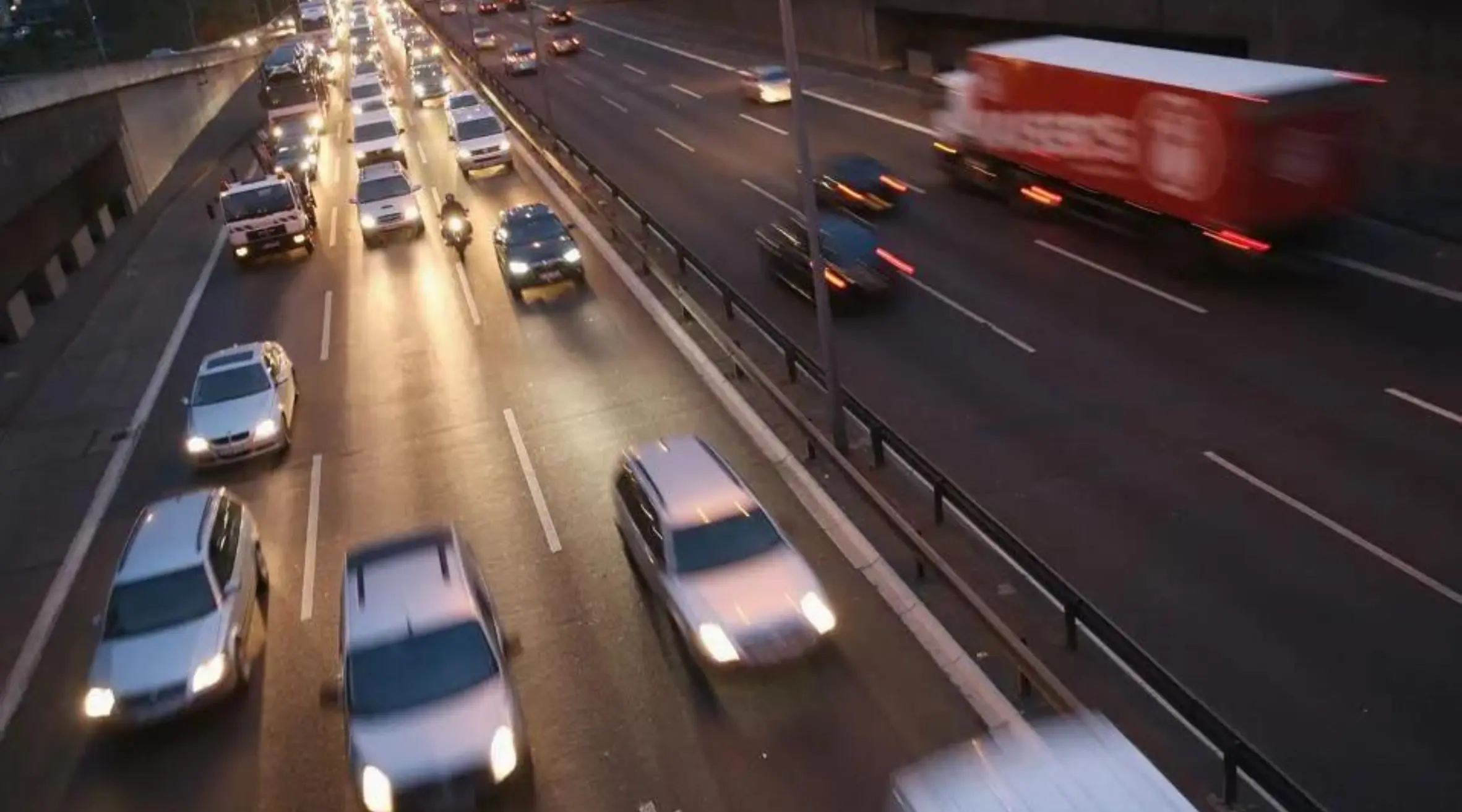Brussels (Brussels Morning) – Starting 7 July, all newly manufactured cars must have Intelligent Speed Assistance (ISA), a driver assistance system. This system uses road maps and a camera to determine speed limits and issues visual and audible warnings if the driver exceeds them.
What Changes Are Coming to Car Speed Assistance?
From 7 July, all cars rolling off the assembly line will have ISA (intelligent speed assistance). This driver assistance system – already mandatory on completely newly developed car models since 2022 – uses road maps and a camera behind the windscreen to determine how fast you are allowed to drive. If one drives faster than permitted, the system will give a visual warning. Now it must not only warn visually, but there must also be an audible warning.
How Does Intelligent Speed Assistance Work?
In concrete terms: if one is driving on a motorway with a speed limit of 120 km per hour, one car will start to ‘ping’ when you are d
riving 124 kilometres per hour. That is approximately 3 per cent too fast, a limit that is set in th European texts on the ISA system. The alarm signal only stops when one slows down.
In addition, there is also the option to choose the speed limit. A message will appear on the dashboard and an automatic self-regulation, which means that the car will start braking itself and limit the speed. Another option is the flashing message on the dashboard followed by a vibration of the accelerator pedal that becomes increasingly stronger. Car manufacturers may also opt for a system where the accelerator pedal will give counter pressure at excessive speed. But that system is very expensive, which is why most manufacturers will rather opt for the warning signal.
What Are the Concerns About the New ISA System?
Autoblog.nl calls the system with a sound “super annoying”. “You’re going to go completely crazy.” Among other things because the warning system cannot be permanently deactivated. “The system can and may be deactivated by the driver”, says De Spiegelaere of the FPS Mobility. “But every time you start the car, ISA is automatically reactivated.”
VAB Journalist Gert Verhoeven also doesn’t think it’s ideal. He fears that ISA, and other upcoming warning systems, will cause more distraction behind the wheel. “People get in their car and may want to turn off the ISA system while driving, which means they pay more attention to their dashboard than to what’s happening on the road.”
Febiac, the federation of the Belgian car industry, is also critical. “Europe requires the construction that their ISA system displays the maximum speed correctly in 90 per cent of cases. Which means that one in ten times the system does not display the maximum speed correctly.” Think of a lane where you are allowed to drive 90 km per hour, but the alarm goes off because the ISA software thinks you are allowed to drive a maximum of 70 km per hour. “That will cause frustration among drivers,” says Febiac expert Steven Soens.
“It will also be a challenge when traffic signs are poorly visible, in heavy rain, heavy fog, snow, during road works or when there are dynamic signs above the road.”
In July, two more safety systems will become mandatory in Europe, one of which will have a warning signal. All new passenger cars and light commercial vehicles will have to have an Event Data Recorder from then on. This “black box” records speed, acceleration, braking behaviour and the functioning of safety systems such as airbags. In the event of an accident, this data can be requested by the authorities, both for investigation and for accident analysis.








